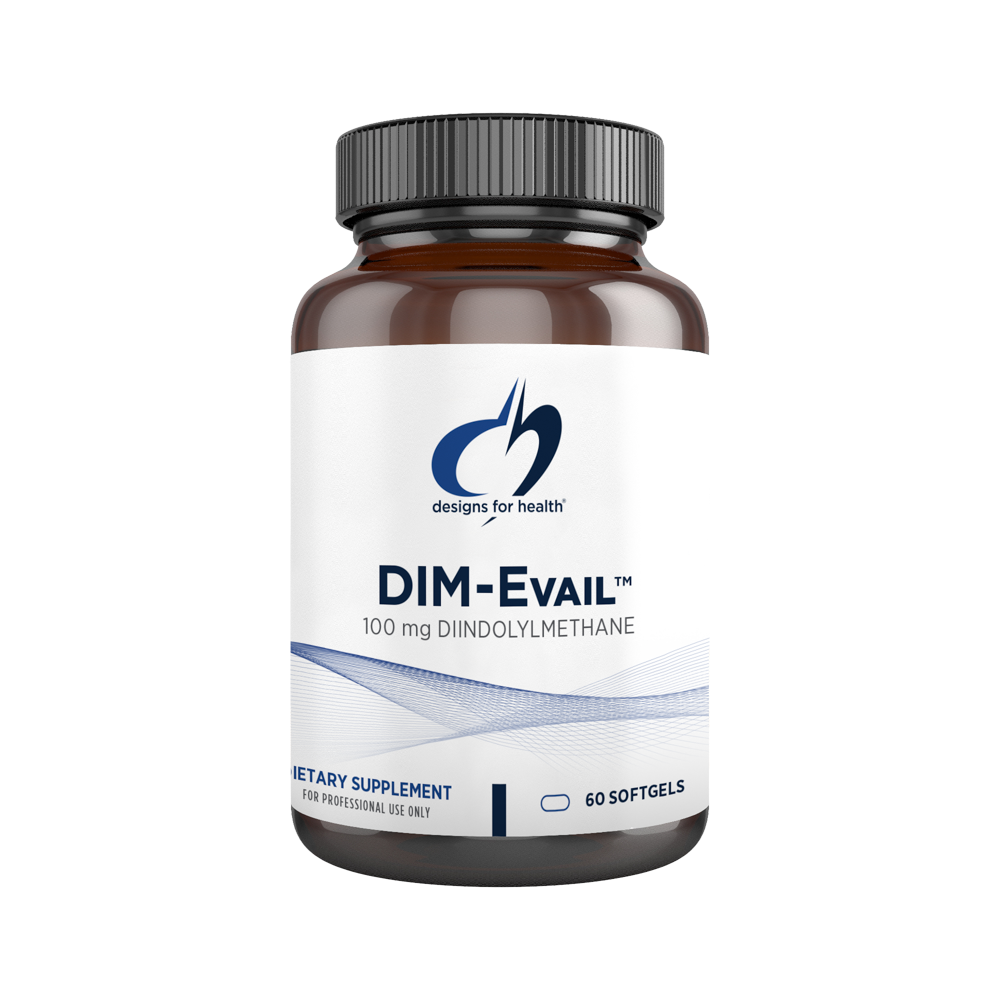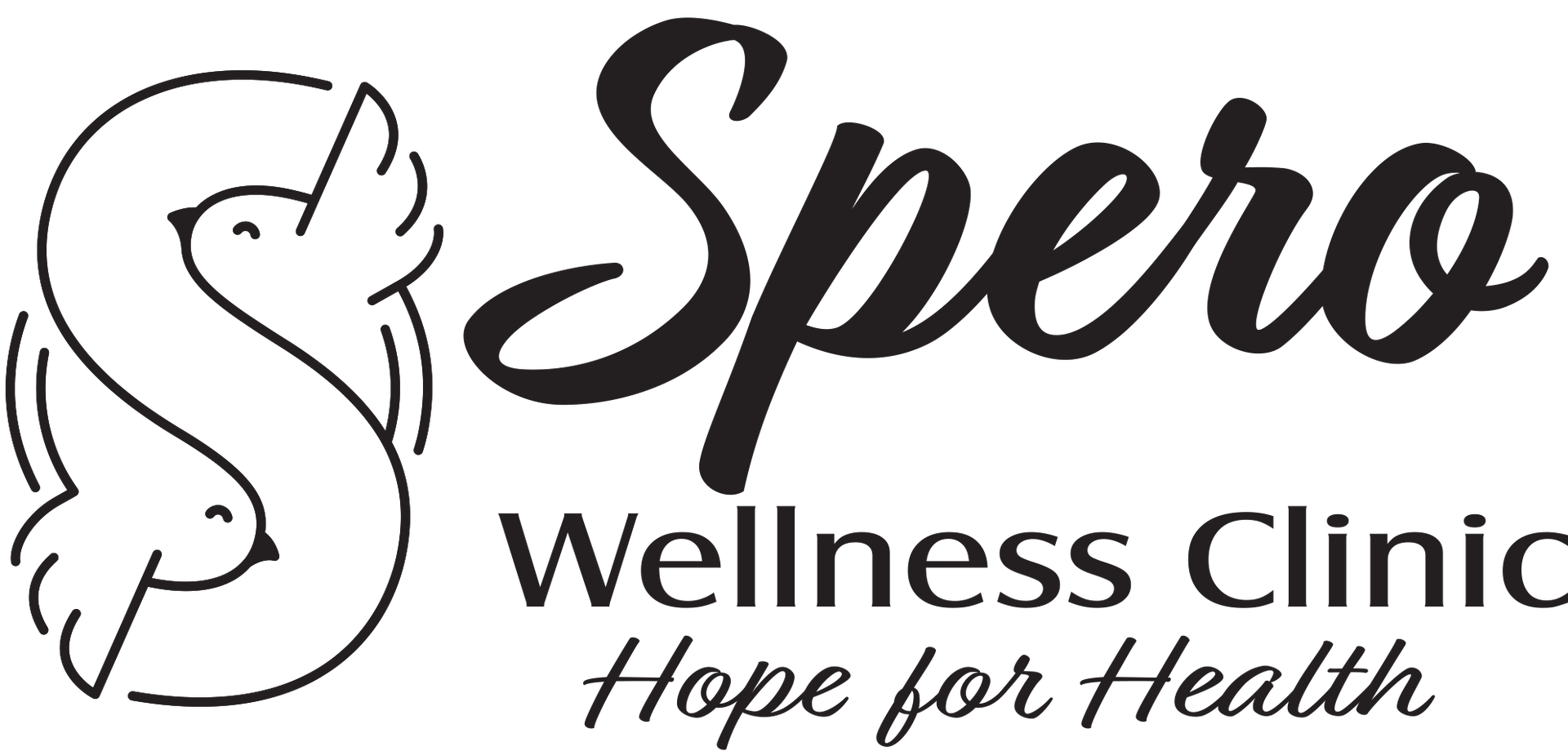Elimination Diet 7-week Class Begins January 8th, 2018
Begins January 8th, 2018 from 6:00pm - 7:00pm
| Join us for our upcoming Elimination Food Plan 7-week Group Sessions! This is a 7 week class facilitated by Certified Health Education Specialist Kris Greener. During the class you will have all of your questions answered, receive samples and recipes plus lots of encouragement and accountability to help you be successful on your journey to a Healthy Body, Peaceful Mind & Joyful Heart! We will meet once a week for 60 minutes beginning January 8th, 2018 at 6:00pm . Schedule: Week 1 : Introductions, review of the 21-day elimination food plan and handouts. Start week one prep activities. (goody bag with samples) Week 2 : Review the comprehensive guide & weekly planner/recipes and healthy oils handout. Start week 2 prep activates. (sample nut milks) Week 3: Begin 21 days of elimination. We meet at Woodman’s grocery store in Altoona for a “Shopping Safari.” Week 4: Continue 21 days of elimination. Continued sharing, sampling, health education and encouragement! Week 5: Continue 21 days of elimination. Review the re-introduction phase. How to bring eliminated foods back into your diet one at a time and the signs & symptoms to watch for. Weeks 6 & 7: Continue food re-introduction phase. |
| |
Fee Per Individual: $80
To register and pay the registration fee, please call Spero Wellness Clinic at 715-861-2300.
*We need a minimum of 6 participants to run the class so please call early to secure your spot!
Please contact Kris Greener at 715-598-5699 or anewwellnessllc@gmail.co m with any questions!
Why the Elimination (Diet) Food Plan?
“Symptoms and conditions that have failed to respond to conventional medical therapy may resolve when a person follows the IFM Elimination Diet. Specific foods or foods eaten frequently may be related to a long list of health conditions, including digestive problems, headaches, chronic sinus drainage, low energy, depression, mood swings, eczema, skin irritations, joint aches, asthma, weight gain, and others. People may suffer from these symptoms for long periods of time without realizing that they can be connected to the foods they are eating. Often it isn’t until a food is removed that the connection between symptoms and foods can be made. The Elimination Diet removes common foods that may be causing symptoms and, with reintroduction, helps patients identify the foods that may be triggering their symptoms. Often, symptoms that have failed to respond to conventional medical therapy will resolve by following the Elimination Diet. After the initial period of eliminating foods, many chronic symptoms should improve or disappear.
When the burden on the immune system is decreased, the body has an opportunity to heal. During the elimination period, it is important to make sure that the diet is still enjoyable and nutrient-dense. The road to optimum health starts with decreasing the burden on the immune system while ensuring adequate nutrition.
After completion of the three-week Elimination Diet, patients will undergo a food reintroduction process. The goal is to expand the variety of healthy foods available to an individual for daily intake. Reintroduction involves adding back one food at a time and observing whether that food is associated with negative symptoms. Foods that continue to provoke symptoms (physical, mental, and emotional) are avoided for an additional three to six months, at which time reintroduction is attempted again. Once the gut is healed, many foods that initially caused sensitivities may be reintroduced into a meal plan without symptoms. Healing the gut, and being able to successfully reintroduce foods is important, as eating the same few foods day after day does not provide the body with the full array of phytonutrients necessary for overall health. A diet with a large diversity of foods helps ensure that the body gets essential nutrients and is especially important for those who have digestive issues.”
(Institute of functional Medicine, 2016)
Features:
Reduces Inflammation
Supports healthy Microbiome
Dairy-Free & Gluten Free
Phytonutrients to Heal the Gut
Reduces Toxic Burden
No Calorie restrictions
Promotes Body Awareness to Food
Identifies Food Triggers
Reduces Inflammation
Kris Greener, founder of Anew Wellness, LLC in Chippewa Falls, is a Certified Health Education Specialist (CHES) and a Functional Medicine Certified Health Coach, with a B.S. in Health & Wellness Management. She is currently collaborating with Spero Wellness as their clinic health coach. She is also a licensed Physical Therapist Assistant and a STOTT Pilates Instructor. Kris loves to share her passion for health & wellness with others.





